How Funding Cuts Threaten The Preservation Of History In US Museums
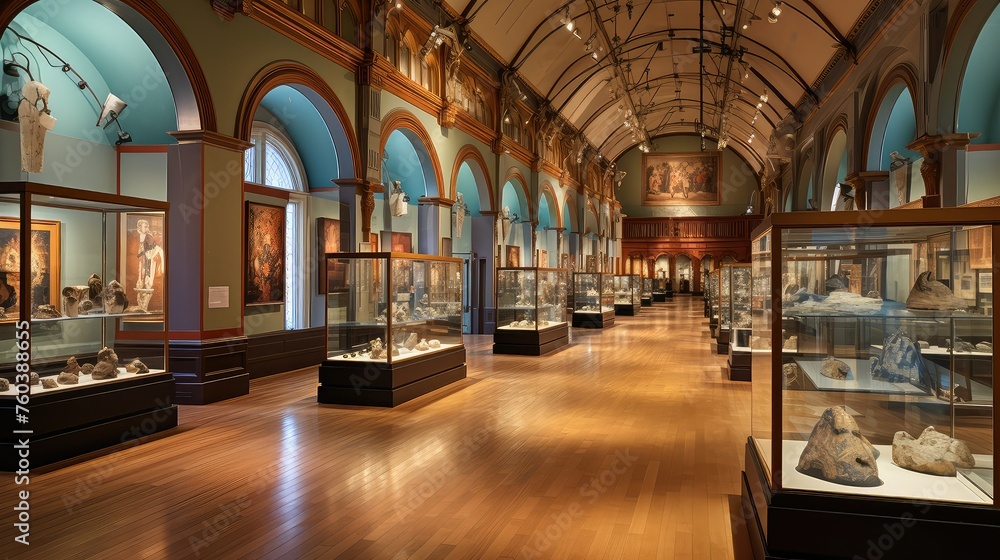
Table of Contents
The Impact of Reduced Funding on Museum Operations
The direct impact of museum funding cuts on daily operations is severe and far-reaching. Reduced budgets translate into tangible consequences for museums and their ability to fulfill their mission of preserving and sharing our cultural heritage. The effects ripple through every aspect of a museum’s function, from the care of artifacts to public engagement.
-
Decreased staffing levels leading to inadequate preservation efforts: Fewer conservators, curators, and registrars mean less time for crucial tasks like artifact cleaning, repair, and preventative maintenance. This leads to increased risk of deterioration and potential loss of irreplaceable historical items. Reduced security staff also increases the risk of theft or damage.
-
Reduced conservation budgets resulting in damage to artifacts: Conservation is an expensive undertaking, requiring specialized materials and expertise. Cuts to conservation budgets mean that vital preservation work is delayed or postponed entirely, leaving artifacts vulnerable to damage from environmental factors, pests, or even just the passage of time. This can lead to irreversible loss of historical information and cultural significance.
-
Fewer educational programs impacting public engagement with history: Funding cuts often target educational initiatives, including school programs, public lectures, and workshops. This limits opportunities for the public, especially children, to learn about and connect with history, undermining the educational mission of museums. The reduction in outreach also disproportionately affects underserved communities.
-
Limited accessibility for under-served communities due to reduced outreach programs: Many museums actively work to provide access to individuals from low-income backgrounds, people with disabilities, and other underserved groups. Funding cuts severely limit the ability of museums to offer these programs, resulting in reduced engagement and an unequal distribution of historical knowledge.
-
Increased reliance on temporary exhibitions, which may not prioritize preservation: To generate revenue, museums may prioritize temporary, blockbuster exhibitions over long-term preservation efforts. While these exhibitions can be beneficial, they can also divert resources away from the crucial task of maintaining and caring for the museum's permanent collection.
The Long-Term Consequences of Neglecting Historical Collections
The long-term consequences of underfunding are devastating and potentially irreversible. Neglecting historical collections has far-reaching ramifications that extend beyond the immediate impact on museum operations. The effects accumulate over time, threatening the very fabric of our shared cultural heritage.
-
Irreversible damage to delicate artifacts due to inadequate storage and conservation: Improper storage conditions, such as fluctuating temperature and humidity, can cause irreparable damage to delicate artifacts like textiles, paintings, and documents. Without sufficient funding for proper storage facilities and conservation practices, these artifacts are at significant risk.
-
Loss of historical context and information due to lack of cataloging and research: Proper cataloging and research are essential for understanding and interpreting historical objects. Funding cuts hinder this process, resulting in the loss of valuable contextual information and making it difficult for researchers and scholars to access the information they need to fully understand our history.
-
Diminished opportunities for scholarly research and educational initiatives: Museums serve as essential centers for historical research and education. Funding cuts directly impact the resources available for scholars, researchers, and students, limiting their access to collections and resources and hindering the advancement of historical knowledge.
-
Potential loss of culturally significant artifacts due to sale or disposal: Faced with severe financial constraints, museums may be forced to sell off or dispose of parts of their collections to stay afloat. This irreversible loss significantly weakens the historical record and damages our cultural heritage.
-
Negative impact on tourism and the economy: Museums are significant economic drivers in many communities, attracting tourists and supporting local businesses. Reduced funding weakens museums' ability to attract visitors, negatively affecting local economies and reducing the overall value of these cultural institutions.
The Role of Government Funding and Private Donations
US museums rely on a complex and often precarious mix of funding sources, including government grants and private donations. The current funding model presents significant challenges that are amplified by museum funding cuts.
-
Decreasing federal, state, and local government support for museums: Government funding for museums has been declining for years, making it increasingly difficult for institutions to maintain their collections and programs. This trend highlights the need for a reevaluation of government priorities regarding the preservation of cultural heritage.
-
Increasing reliance on private donations and their limitations: Museums are increasingly dependent on private donations from individuals, corporations, and foundations. While these donations are invaluable, they are often unpredictable and insufficient to cover the comprehensive needs of maintaining large collections and extensive programs. Private philanthropy is important but cannot be the sole solution.
-
Challenges of securing diverse and sustainable funding sources: The search for diverse and sustainable funding requires a multi-pronged approach, including grants, endowments, memberships, and other innovative fundraising strategies. Developing diverse income streams is vital to ensure long-term financial stability.
-
Impact of philanthropic initiatives and their role in bridging the funding gap: Philanthropic initiatives are increasingly important in supporting museums, but they alone cannot address the growing funding crisis. A greater commitment from both the public and private sectors is crucial for building a strong and stable future for museums.
Advocating for Increased Museum Funding
Protecting our nation’s heritage requires collective action. We must actively engage in advocating for increased funding to prevent further museum funding cuts and ensure the survival of these vital cultural institutions.
-
Engaging with local representatives and policymakers: Contact your elected officials at the local, state, and federal levels to express your concerns about the impact of museum funding cuts and advocate for increased support. Lobbying efforts are vital for bringing about policy changes.
-
Educating the public about the importance of museum preservation: Raise awareness among your community about the importance of preserving our cultural heritage and the critical role museums play in this effort. Educating the public about the severe implications of funding cuts can drive support for museums.
-
Launching fundraising campaigns and supporting museum initiatives: Support your local museums by donating, volunteering, and participating in fundraising events. Every contribution, big or small, helps to preserve our nation's history.
-
Leveraging social media and online platforms to raise awareness about museum funding cuts: Use social media and online platforms to share information and advocate for increased museum funding. Spread awareness about the negative consequences of underfunding using appropriate hashtags and encouraging others to join the conversation.
Conclusion
The detrimental effects of museum funding cuts on the preservation of American history are undeniable. Reduced funding leads to inadequate care for artifacts, diminished educational opportunities, and potential loss of irreplaceable cultural treasures. This crisis demands immediate and decisive action. The preservation of our nation’s history depends on our collective action. We urge you to learn more about the challenges facing your local museums and take action to prevent further museum funding cuts. Contact your elected officials, support fundraising initiatives, and help spread awareness about the critical importance of protecting our shared cultural heritage. The future of our museums, and our history, depends on it.

Featured Posts
-
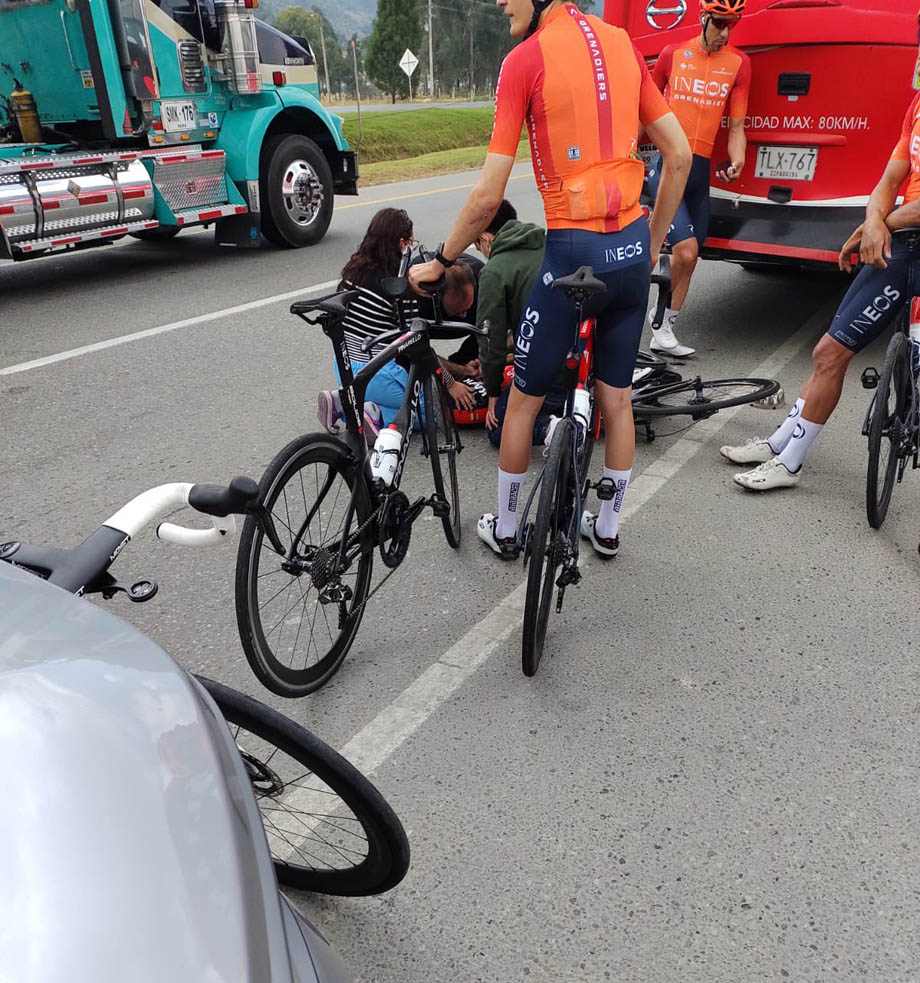 Medical Research Paper Details Egan Bernals Recovery From Near Fatal Crash
May 23, 2025
Medical Research Paper Details Egan Bernals Recovery From Near Fatal Crash
May 23, 2025 -
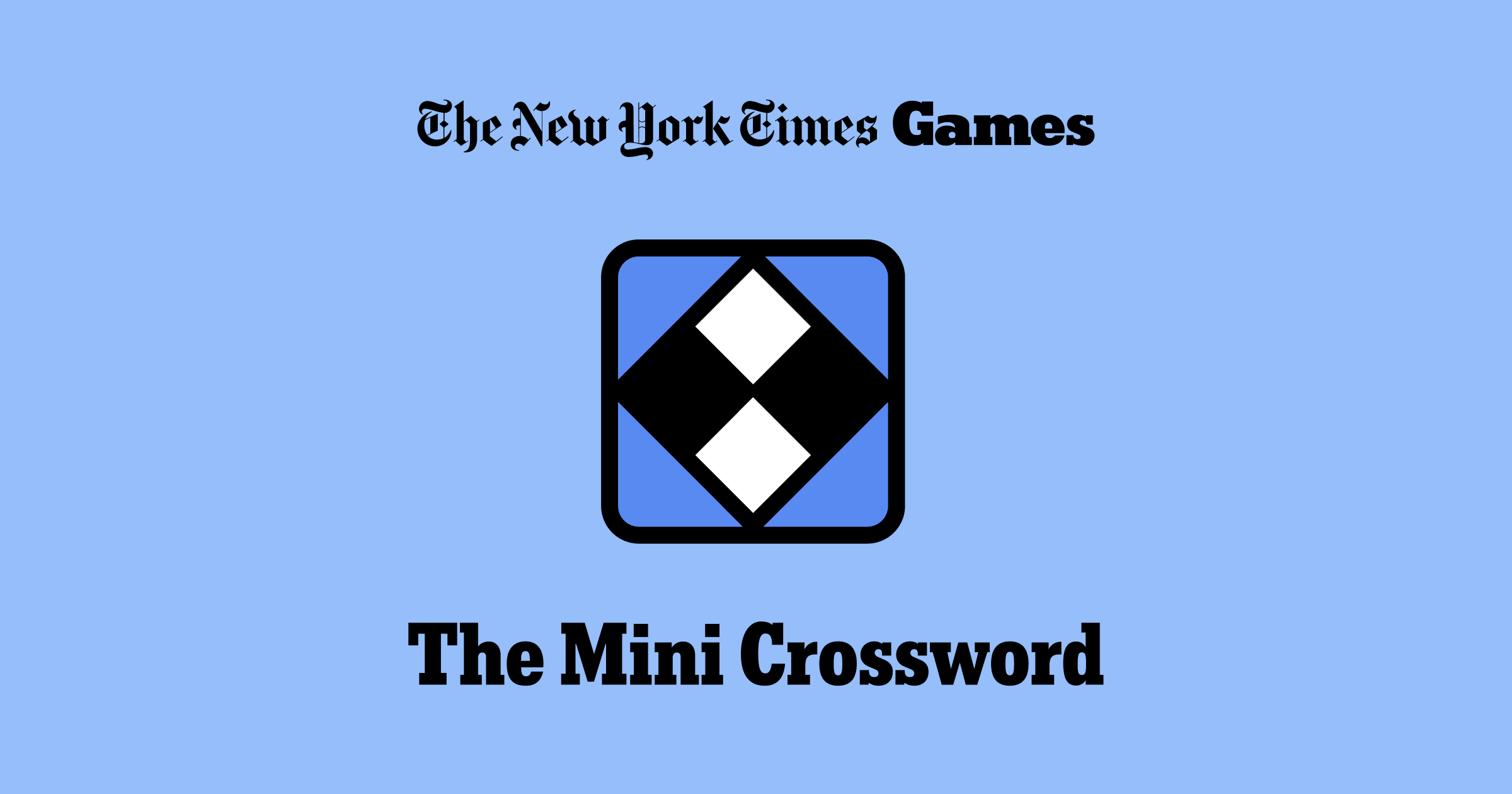 Nyt Mini Crossword Puzzle Solutions March 13 2025
May 23, 2025
Nyt Mini Crossword Puzzle Solutions March 13 2025
May 23, 2025 -
 Ten Years Of Photography James Wiltshires Journey At The Border Mail
May 23, 2025
Ten Years Of Photography James Wiltshires Journey At The Border Mail
May 23, 2025 -
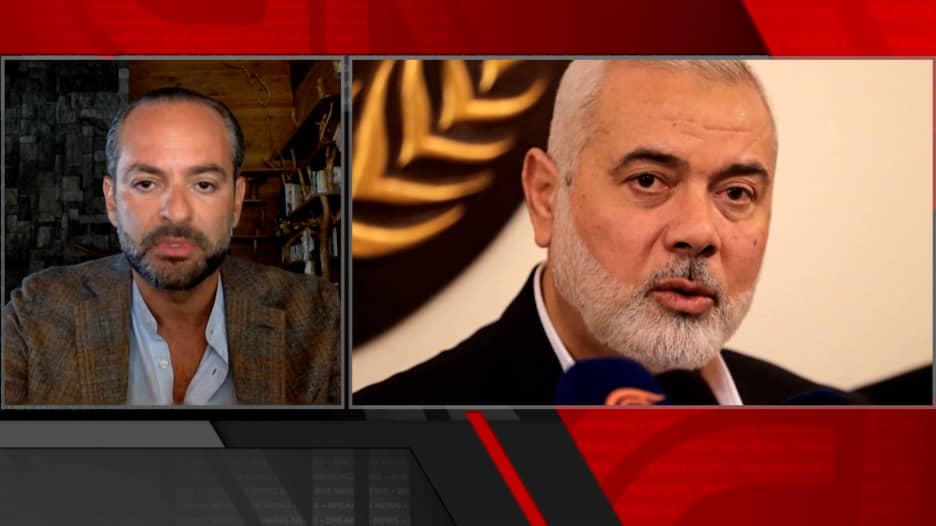 Qmrt Mwahb Qtryt Tbrz Ela Alsaht Alealmyt
May 23, 2025
Qmrt Mwahb Qtryt Tbrz Ela Alsaht Alealmyt
May 23, 2025 -
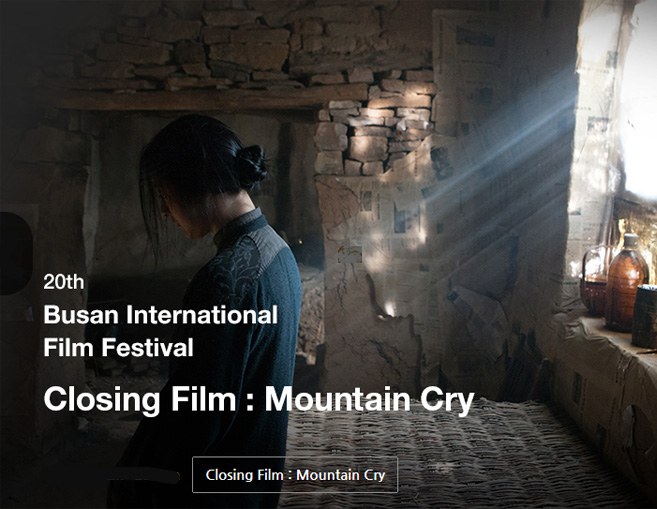 Seoul And Busan To Host French Film Week Showcasing Award Winners
May 23, 2025
Seoul And Busan To Host French Film Week Showcasing Award Winners
May 23, 2025
